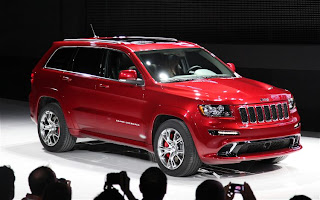2012 Kia Rio
We got a glimpse of Kia's new Rio in hatchback form at the recent Geneva auto show, and the beat goes on this week in New York with the arrival of the U.S. market 2012 Kia Rio sedan and Rio5 hatch. The Rio was the lone Kia product that had not received a full makeover from head stylist Peter Schreyer, whose recent eye-catching designs include the new Optima and Sportage small SUV.Whereas the all-new 2012 Hyundai Accent, Korea's other subcompact on display at New York, features Hyundai's new "fluidic sculpture" corporate design language, the Rio has a more minimalist, sporty European flavor, no doubt a nod to Schreyer's former Audi experience. From the rear, the Rio five-door shows a strong Seat resemblance, coincidentally Volkswagen's Spanish division.
Probably the most noteworthy feature on the new Rio is the Idle Stop and Go system (ISG), now a fairly common feature on European models, but generally not offered in the U.S. because of concerns that American consumers will think something is wrong with their cars when the engine turns off at a stop. With the greater awareness and sales of hybrids, and their similar behavior when stopped, it seems Kia is confident enough to finally offer this feature stateside. ISG is included as part of the Eco Package available on the EX trim level.
Speaking of the engine, it's the same Gamma direct-injected 1.6-liter four-cylinder engine as the new Accent, making the same 138 horsepower. Kia is also claiming the same 30/40 mpg rating as the Accent, although the ISG may incrementally increase real-world mpg on models so equipped. Regardless, the Korean compact siblings are at the top of the compact class in standard horsepower as well as fuel economy, although Chevy's upcoming Sonic compact will come to the party with a non-direct-injection 1.8-liter engine with 135 horsepower as standard. Official fuel economy ratings for the Sonic have not yet been released


























































